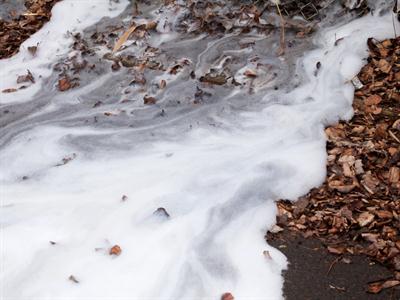PDF chapter test TRY NOW
Runoff
Runoff occurs when there is more water than the land can absorb. The excess rainwater flows across the surface of the land and into nearby creeks, streams, or ponds.
It is pulled by gravity across the land’s surface. On percolating, it recharges groundwater, and on the surface, it feeds the water bodies like river, stream or watershed. The source may be from rain, snowmelt, irrigation or other sources, comprising a significant element in the water cycle as well as the water supply when it drains into a watershed.
During runoff, it also erodes the surface of the land in its path carving out canyons, gorges and various other erosional landforms.
Depending on the amount of rainfall, the porosity of the soil, vegetation and slope, the amount of runoff may vary. Impervious surfaces or surfaces that cannot absorb water, increase runoff. Soil absorbs \(65\)% of the precipitation leaving only \(35\)% to reach the sea or ocean.
Types of Runoff

Runoff
Surface Runoff
Sub-Surface Runoff
Base Flow
It usually appears at a downstream location where the channel elevation is lower than the groundwater table. Even during dry seasons, groundwater provides streamflow.
